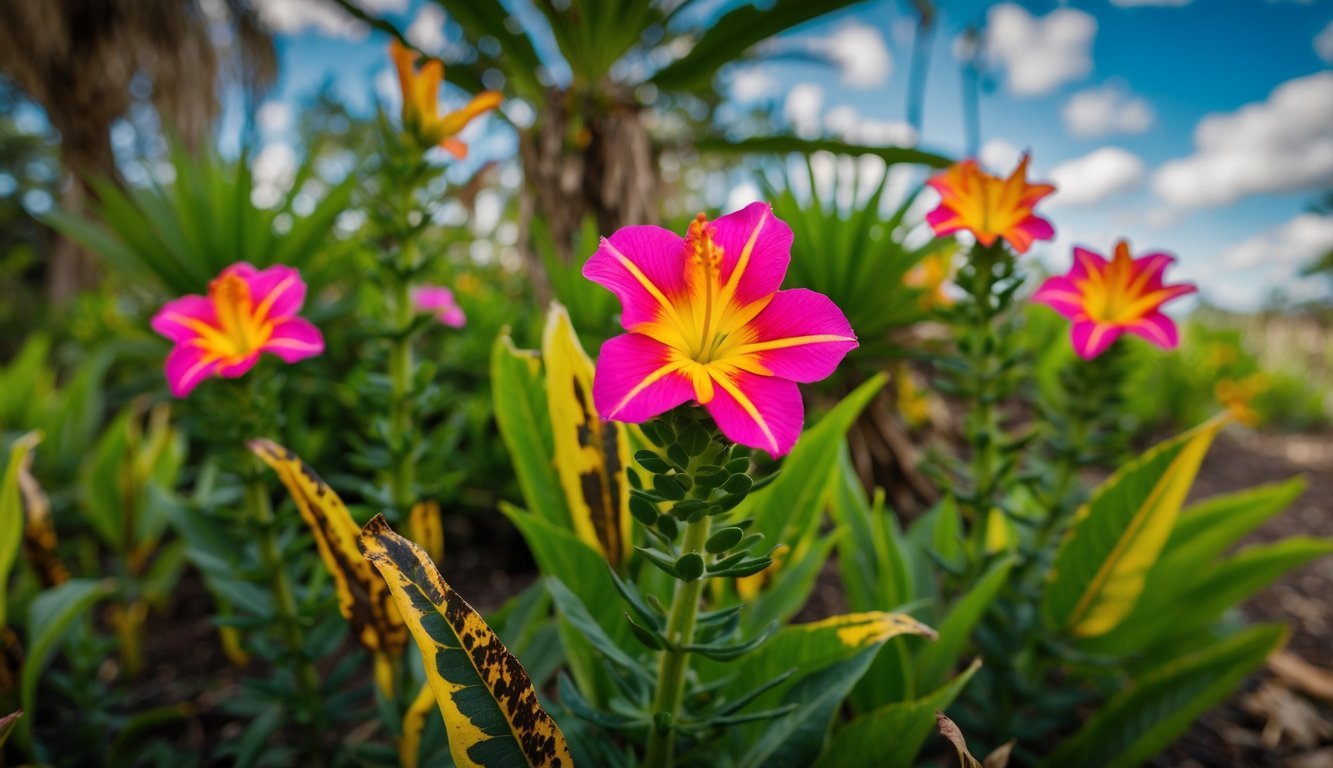
Lantana, with its eye-catching clusters of small tubular flowers, brings summer vibrancy to gardens.
These colorful blooms—ranging from pink, red, purple, and yellow to white and orange—attract butterflies, bees, and even hummingbirds.
As the flowers mature, their hues deepen, creating an enchanting display.
Understanding Lantana
Lantana is part of the verbenaceae family and is native to tropical regions of Central and South America.
Its prolific flowers not only captivate the eye but also act as a magnet for pollinators.
According to Ankit K. Singh, an agricultural expert at the University of Maine Cooperative Extension, this hardy plant can withstand drought and thrives in a variety of climates.
The Invasive Nature of Lantana
Despite its visual appeal, lantana poses a significant threat as an aggressive invasive species in places like California, Florida, Texas, and Hawaii, as well as other tropical and subtropical regions.
Specifically, Lantana camara has been documented as an invasive plant in over 60 countries, making the International Union for Conservation of Nature’s (IUCN) list of the top ten worst invasive species globally.
Environmental Implications of Lantana
Don’t be fooled by the beauty of lantana; it brings serious consequences for gardens and natural ecosystems alike.
- Native Plant Competition: The dense growth of lantana can overshadow native plants, competing fiercely for sunlight, nutrients, and water.
This behavior leads to reduced biodiversity in the affected area.
- Livestock and Wildlife Dangers: Lantana’s leaves and unripe berries pose toxicity risks for animals, including cattle, horses, dogs, and cats, which can cause severe health problems if ingested.
- Chemical Interference: This plant produces allelopathic chemicals that inhibit the growth of other plants around it, disrupting the natural ecosystem’s balance.
- Fire Hazard: With its dry foliage and woody stems, lantana increases the risk of wildfires in regions where it flourishes.
- Difficult to Eradicate: The fast-spreading roots of lantana make it challenging to manage in gardens, requiring continuous maintenance and pruning to keep it under control.
The best way to combat invasive species like lantana is to avoid planting them altogether.
Nonetheless, if lantana has taken root in your garden, here are some effective strategies for curbing its spread:
- Hand Pulling: Pull lantana out by the roots to ensure complete removal.
Discard the plant in the trash; composting can lead to further growth.
- Seed Removal: Be vigilant about mature plants.
Collect and dispose of the small, round black seeds before they can germinate.
- Regular Checks: Make it a habit to inspect your property regularly, especially in newly disturbed areas.
Removing any lantana plants before they flower can prevent seed formation.
Watch for new sprouts in the following growing season.
- Herbicide Use: For larger infestations, cut back the plants and swiftly apply an appropriate herbicide for effective control.
- Seek Professional Help: If lantana has overrun your garden, consulting with a professional can provide you with tailored guidance and solutions to manage this invasive species.
By recognizing the characteristics of lantana and taking proactive steps, you can protect your garden while contributing to the health of your local ecosystem.
Source: Marthastewart

